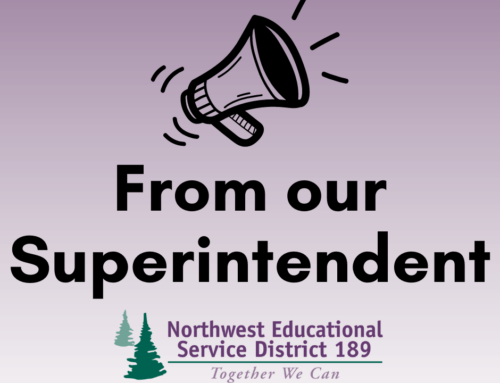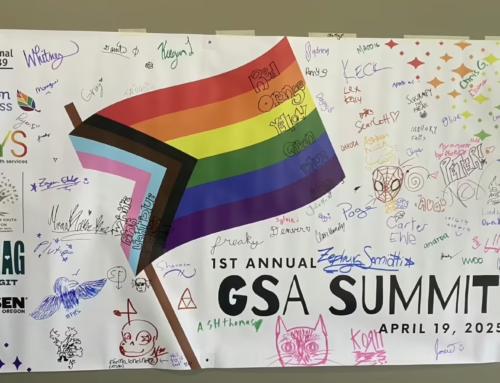When talking with our school partners about ‘putting out fires’ and ‘everything being on fire the following analogy came to my mind…that the schools were trying to use their Student Assistant Professionals (SAPs) like firefighters, rather than letting them rewrite the fire code. I shared my analogy with a couple of colleagues, who liked it, so I decided to dig in just a bit to see if it held water.
House fire statistics, 1980 – 2020, National Fire Protection Association
In 1980, there were 87.7 million housing units in the US. During that year, our fire departments received 2.98 million calls for fire response. More recently, in 2020, there were 140.8 million housing units in the US, and fire departments received 1.29 million fire response calls. That is one-third as many house fires, with nearly double the number of houses!
So, what had changed? The fire codes.
This is when we began to take a serious look at materials and construction methods, wiring, and utility installation with an eye to preventing fires. This did not mean we stopped responding and extinguishing fires or caring for those who lost their homes or were injured or killed.
This refocus has made such a difference that our notions of what firefighters’ jobs look like have radically changed. In 1980, 27% of all calls to fire departments were for a fire. In 2020, that rate was just 3.5%. Instead of fighting to maintain silos, fire departments have expanded their scope of responsibility.
Substance abuse statistics, 1980-2020, NIDA Monitoring the Future Survey
Maintaining the same timelines, in 1980, US high school seniors had a 30-day alcohol use rate of 70% (74% for males, 63% for females). In 2020 that rate is 24.6%. Marijuana is similarly down from 34% to 23% over the same timeframe. I used NIDA’s Monitoring the Future survey for these stats, insuring validity and methodology remained constant.
The work we do as SAPs is very much rewriting the ‘fire code’ for our students.
Of course, we help our schools put out the fires, and more importantly, we focus on shifting school and community norms. We encourage science-based prevention activities, rather than ineffective mock car crashes and assemblies with motivational speakers that glamourize drug use. We promote equity in discipline responses and access to resources. And that work has paid dividends. Can you even imagine a modern high school with a drinking rate almost triple what it is now?
I want you all to remember that you are doing amazing work. Thanks!
To promote more consistent and equitable discipline for students, especially around substance use infractions, the Behavior Health and Prevention Services Department has partnered with OSPI. We will provide a first-in-the-state training for school and district administrators focused on their own real-world data to conduct root cause analysis.
Please check out our upcoming class: Equity in Student Discipline
Participants will conduct a root cause analysis using live data districts bring to the session. Examples of how to conduct the analysis will be shared. The goal is to begin the development of an action plan to address inequities in discipline.




